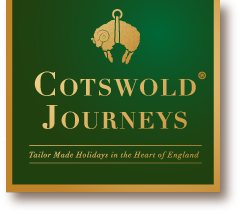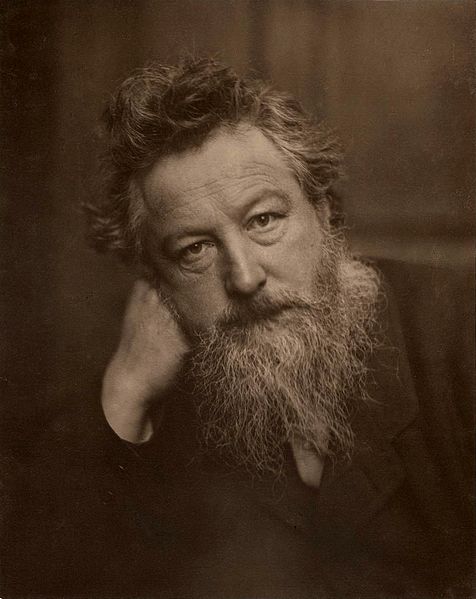In the early twentieth century, the Cotswolds became an important centre for the Arts and Crafts Movement, an international design philosophy that flourished between 1860 and 1910, although its influence extended into the 1930s and is felt still today. The movement’s ideals spread to continental Europe (where they might be seen as the forerunner of Art Nouveau), North America, and Asia but were most completely realized in Britain, as to a great extent a reaction against the state of the decorative arts and to industrial mass-production. The movement advocated traditional craftsmanship to marry practicality to artistry, often making use of medieval and folk styles of decoration. William Morris, the poet and artist who was the founder of the movement, spent his summers between 1871 and 1896 at Kelmscott Manor, near Cirencester. Some of his followers, including, in the 1890s, three young architects and designers, Ernest Gimson and the brothers Ernest and Sidney Barnsley, drawn to the Cotswolds for its landscape, its traditions, as well as its convenient location, settled in villages throughout the region. The migration of craftsmen continued in 1902 when C.R. Ashbee and about one hundred followers settled in Chipping Campden, bringing with them the ethos of the Guild of Handicraft, originally set up by Ashbee at Toynbee Hall, in London, in 1888.
The movement has left a considerable imprint on the national psyche. An idea of England may in part be attributed to the influence of the Arts and Crafts movement, an idea that finds its finest material expression in the Cotswolds. The legacy lives on in various ways – the Hart Gold and Silversmiths workshop in Chipping Campden is the last operating remnant of the Guild of Handicraft. Elm Tree House, now privately owned, on Lower Higher Street in Campden was converted by Ashbee into Campden School of Arts and Crafts in 1904. Cheltenham Museum has a permanent Arts and Crafts Exhibition. Painswick has several buildings with Arts and Crafts connections including the Congregational Church in Gloucester Street, which has a window by Morris & Co., whilst the Gyde Almshouses in Gloucester Road were designed by Sidney Barnsley in 1913.
At Sapperton, near Cirencester, there are several buildings designed by Arts and Crafts architects for themselves. Norman Jewson made interior alterations at Batchelor’s Court, an 18th-century Farmhouse. Beechanger was built by Sidney Barnsley and The Leasowes was designed and built by Ernest Gimson. Upper Dorvel House was built by Ernest Barnsley, who, with help from Norman Jewson, also built the village hall (right) in 1913.
Three magnificent houses with Arts and Crafts connections are open to the public. Morris’s own house at Kelmscott; Rodmarton Manor, the work of Ernest Barnsley and the Cotswold Group of craftsmen, completed in 1929, which is one of the last great country houses built and furnished using local stone and timber; and Owlpen Manor, near Uley, which dates from the 15th century but was repaired by Norman Jewson in 1926. Each of these places has displays of furniture and items connected to the Arts and Crafts movement.


0 Comments